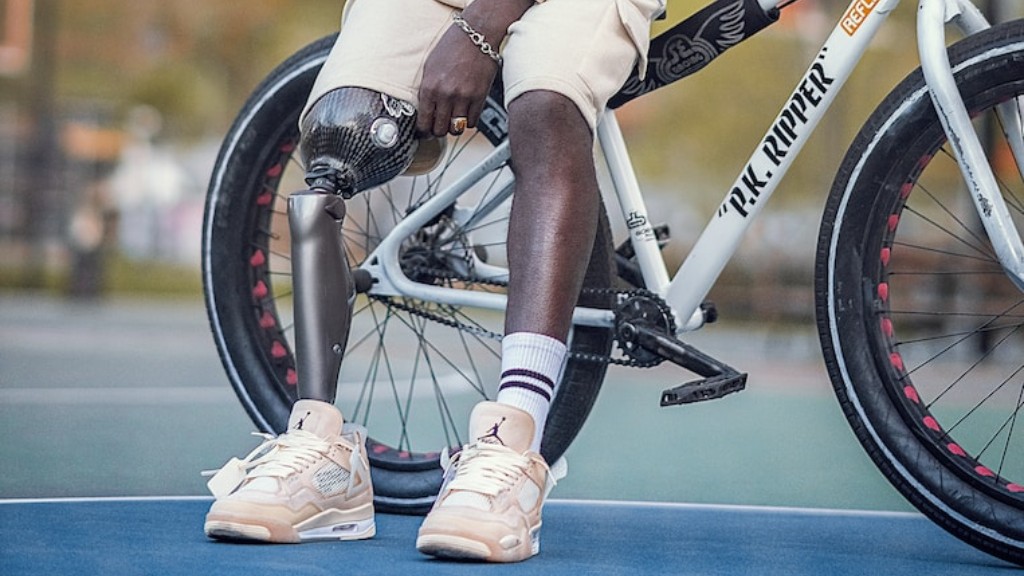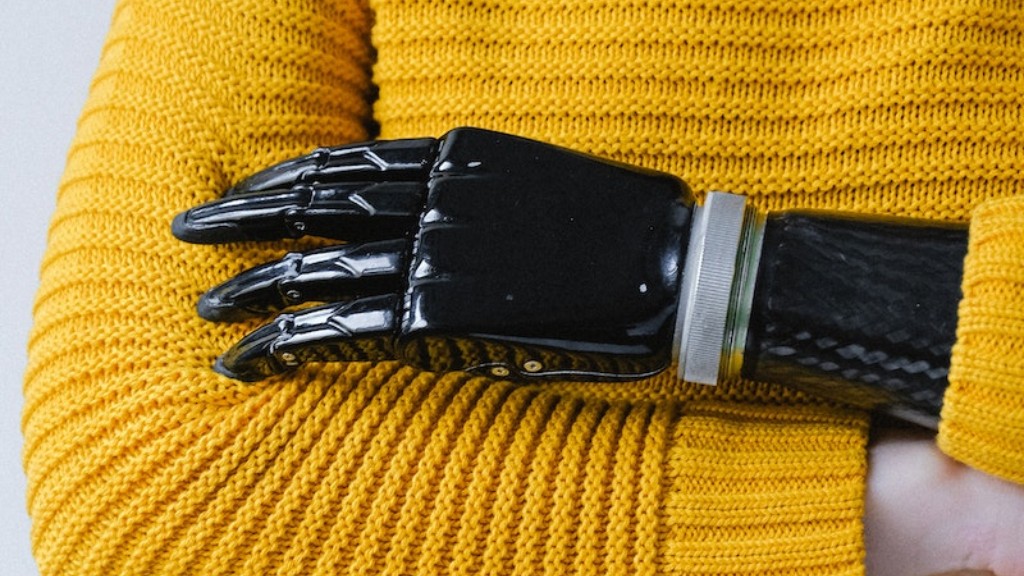The Values of Hanger Prosthetic Limbs
The Role of Prosthetic Limbs in Restoring Quality of Life
Prosthetic limbs have traditionally been a significant development in enhancing the quality of life for individuals who have lost a limb. The incorporation of advanced technology has brought about hanger prosthetic limbs, which go a step further in improving mobility and functionality for individuals. These prosthetic limbs are designed to adapt to the needs and lifestyle of each wearer, providing a more personalized and comfortable experience compared to traditional prosthetics.
Hanger prosthetic limbs offer improved control, allowing wearers to perform a wider range of tasks with greater ease. The integration of sensors and microprocessors in these devices enables wearers to have enhanced proprioception, or the ability to sense and control their limb movements. For example, a person with a hanger prosthetic limb can control the grip strength of their hand, enabling them to perform delicate tasks such as picking up small objects or typing on a keyboard.
Moreover, advancements in materials used in hanger prosthetic limbs have led to lighter and more durable devices. These prosthetics are now capable of mimicking the natural movement and appearance of a real limb, enhancing the wearer’s overall sense of self and boosting their confidence. This advancement in prosthetic technology has enabled individuals to engage in physical activities such as running, swimming, and even playing competitive sports, further enriching their lives.
Challenges and Limitations
While hanger prosthetic limbs offer significant benefits, it is important to acknowledge the challenges and limitations associated with these devices. The cost of hanger prosthetics can be prohibitive for many individuals, making them inaccessible for those who cannot afford them or lack adequate insurance coverage. This creates a divide in access to advanced prosthetic technology, preventing some individuals from fully enjoying the benefits it offers.
In addition, maintenance and repairs of hanger prosthetic limbs can be time-consuming and expensive. Wearers often require regular visits to prosthetists to ensure optimal fit and function, which can be logistically challenging for individuals living in remote areas or without proper transportation. The dependence on prosthetists and the associated costs can create ongoing hardships for wearers, potentially limiting their ability to fully participate in society.
Furthermore, despite advancements in technology, hanger prosthetic limbs are not yet capable of fully replicating the complex capabilities of real limbs. While they provide significant improvements over traditional prosthetics, wearers still face limitations in terms of fine motor skills and natural movements. This can result in frustration and a feeling of inadequacy for some wearers, as they are reminded of their physical limitations.
Promoting Accessibility and Innovation
In order to maximize the value of hanger prosthetic limbs, it is crucial to address the challenges and limitations associated with their use. Policymakers should work towards improving affordability and accessibility of these devices, ensuring that individuals of all socioeconomic backgrounds have equal access to advanced prosthetic technology. This can be achieved through insurance reforms and subsidies for those in need, as well as partnerships between healthcare providers and prosthetic manufacturers to drive down costs.
Moreover, ongoing research and development in the field of prosthetics should continue to focus on addressing the limitations of current hanger prosthetic limbs. By investing in cutting-edge materials, artificial intelligence, and bioengineering, scientists and engineers can strive towards developing prosthetics that closely match the natural movements and capabilities of real limbs. This will not only enhance the physical abilities of wearers but also their emotional well-being and integration into society.
Conclusion
Hanger prosthetic limbs offer significant value in enhancing the quality of life for individuals who have lost a limb. These devices provide increased control, improved functionality, and a sense of normalcy for wearers. However, challenges such as cost, maintenance, and limitations on capabilities still persist. To fully leverage the value of hanger prosthetic limbs, policy reforms and ongoing innovation are crucial to make these devices more accessible and technologically advanced. By working towards these goals, society can ensure that all individuals have the opportunity to live their lives to the fullest, regardless of physical challenges.
Food for Thought
Considering the rapid advancements in prosthetic technology, do you think there will be a point in the future where prosthetic limbs surpass the capabilities of natural limbs? How might this impact society, both positively and negatively? Share your thoughts and opinions on the potential implications of highly advanced hanger prosthetic limbs.


